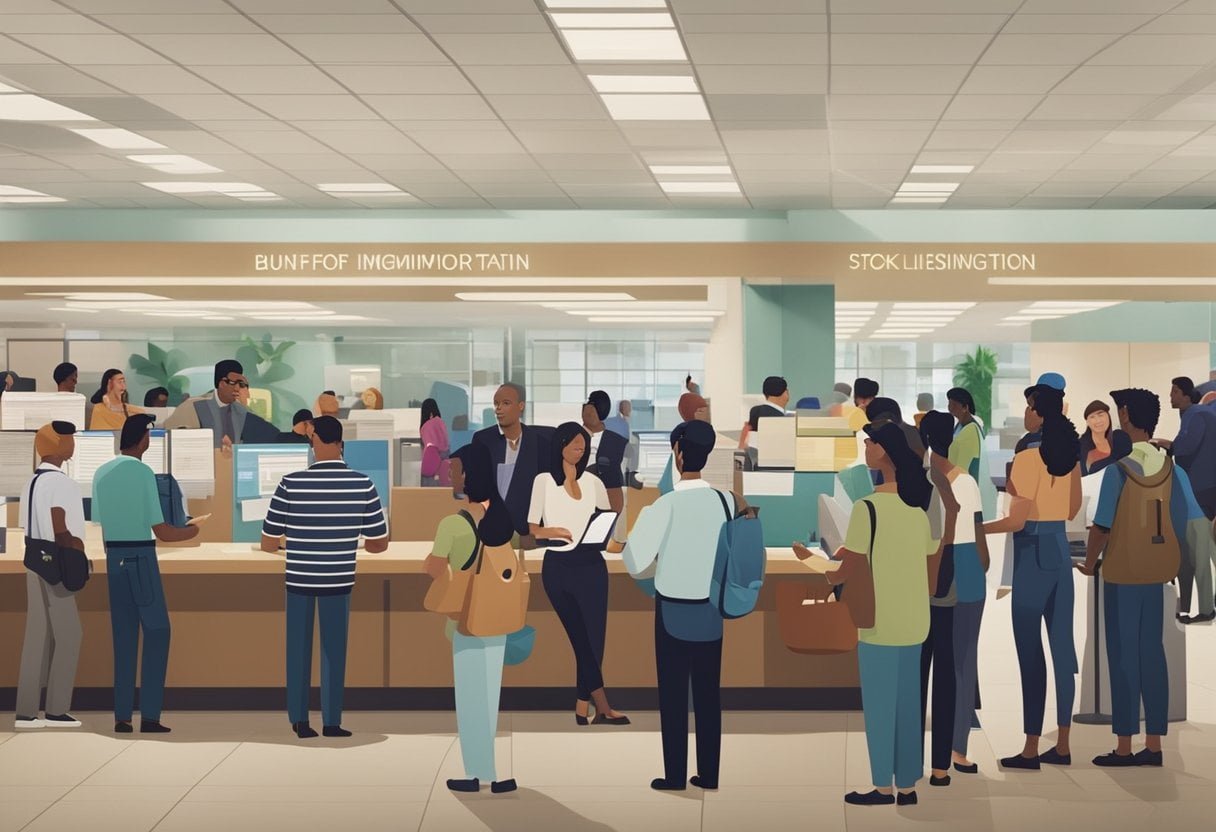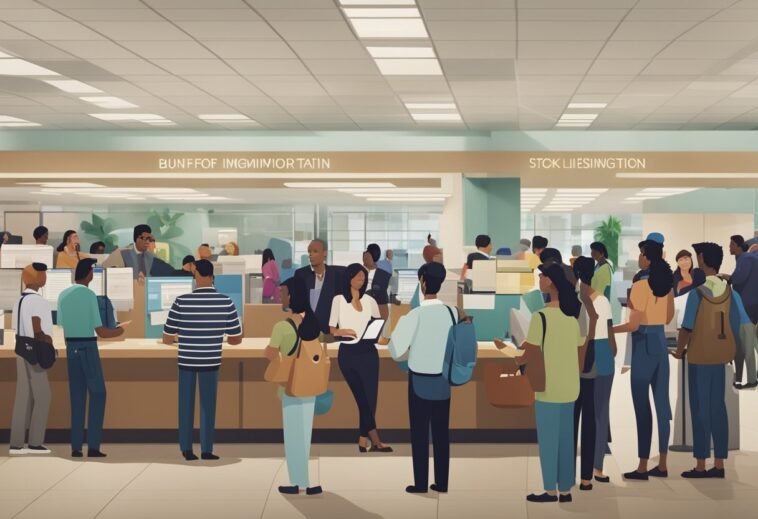Successful refugee resettlement involves a complex interplay of strategies designed to facilitate adaptation and integration into new communities. By understanding the key elements that contribute to effective resettlement, stakeholders can better support refugees in achieving sustainable independence. This exploration reveals the importance of community engagement, access to resources, and the role of social networks in fostering a sense of belonging and stability.

Despite the challenges many refugees face, tailored programs focusing on education, employment, and mental health can significantly enhance their resettlement experience. Research indicates that collaboration among governmental agencies, non-profits, and local communities plays a crucial role in these efforts. Recognizing that success is not merely about housing but about holistic integration shapes a more effective resettlement framework.
The landscape of immigration is ever-evolving, making it essential to analyze existing strategies and their outcomes. This article dives deep into the mechanisms behind successful resettlement, providing insights that empower both policymakers and community members to foster environments where refugees can thrive.
Exploring the Foundations of Resettlement
The foundations of resettlement are shaped by an interplay of historical evolution, key principles guiding the process, and the governance mechanisms that support or hinder the efforts. Understanding these elements is essential for grasping how successful resettlement strategies are crafted and implemented.
Historical Context and Evolution of Immigration Policies
The history of immigration policies reveals a complex landscape that has transformed significantly over the decades. Initially, immigration was largely unregulated, with individuals able to settle based on personal circumstances.
With the implementation of structured policies, such as the Refugee Act of 1980 in the United States, there was a shift towards formalized processes. This act established a federal program for resettlement and reflected changing attitudes toward displaced individuals.
Over time, policies have adapted in response to global events, including wars and humanitarian crises. Current frameworks build upon this historical context, emphasizing protection, integration, and shared responsibility among nations.
Key Principles of Successful Resettlement
Successful resettlement is governed by several key principles that ensure the well-being and integration of refugees. These principles include safety, dignity, and access to essential services.
Safety: Refugees must be assured protection from harm in their new environment. This is foundational to any resettlement effort.
Dignity: Respecting each individual’s background and experiences fosters a sense of belonging. Programs should acknowledge refugees’ contributions to society.
Access to services: Ensuring that refugees have access to health care, education, and employment opportunities is crucial. These services help individuals rebuild their lives and contribute to the economy.
Each principle targets specific areas that support effective integration and community cohesion.
The Role of Governance in Immigration
Governance plays a pivotal role in shaping immigration and resettlement policies. Effective governance provides the framework necessary for implementing resettlement strategies.
Local, state, and federal governments must collaborate to ensure that resources are allocated efficiently. This involves establishing clear guidelines and best practices for how refugees are treated.
Moreover, governance impacts public perception and policy formulation. Strong leadership can promote positive narratives surrounding immigration, while ineffective governance may lead to resistance and social tension.
In summary, a well-structured governance system enables a more resilient response to the challenges of resettlement, ultimately fostering a more inclusive society.
Analyzing Resettlement Strategies

Effective resettlement strategies require a multifaceted approach. Community integration, economic opportunities, and legal frameworks are essential components that significantly contribute to immigrant and refugee success in their new environments.
Community Integration and Support Systems
Community integration plays a crucial role in the resettlement process. Successful strategies often involve local organizations that provide essential support services like language classes, cultural orientation, and social activities.
Support networks, including both formal and informal systems, enhance social connectedness. These networks can reduce feelings of isolation among newcomers, fostering a sense of belonging.
Collaboration between government, NGOs, and community members is vital. This partnership can lead to more effective resource allocation and tailored programs that address specific community needs.
Economic Impact and Labor Market Approaches
Economic integration is pivotal for sustainable resettlement. Strategies must focus on labor market participation through skill assessments and job training programs.
Employers also play a significant role. By recognizing diverse skill sets and offering mentorship programs, they can aid in assimilating immigrants into the workforce.
Moreover, attracting investment in areas with high immigrant populations can create jobs and stimulate local economies. In places like New Zealand, frameworks such as the New Zealand Refugee Resettlement Strategy ensure that economic considerations are integrated into resettlement plans.
Legal Frameworks and Rights of Immigrants
A robust legal framework ensures that immigrants’ rights are protected throughout the resettlement process. Legal protections against discrimination and access to essential services are fundamental to successful integration.
Policies that support family reunification can also ease the transition for newcomers. This aspect is particularly important in fostering stable environments for refugees.
Access to legal assistance can empower immigrants to navigate complex immigration systems more effectively. Training programs for service providers on the rights of immigrants enhance awareness and compliance with legal standards.



